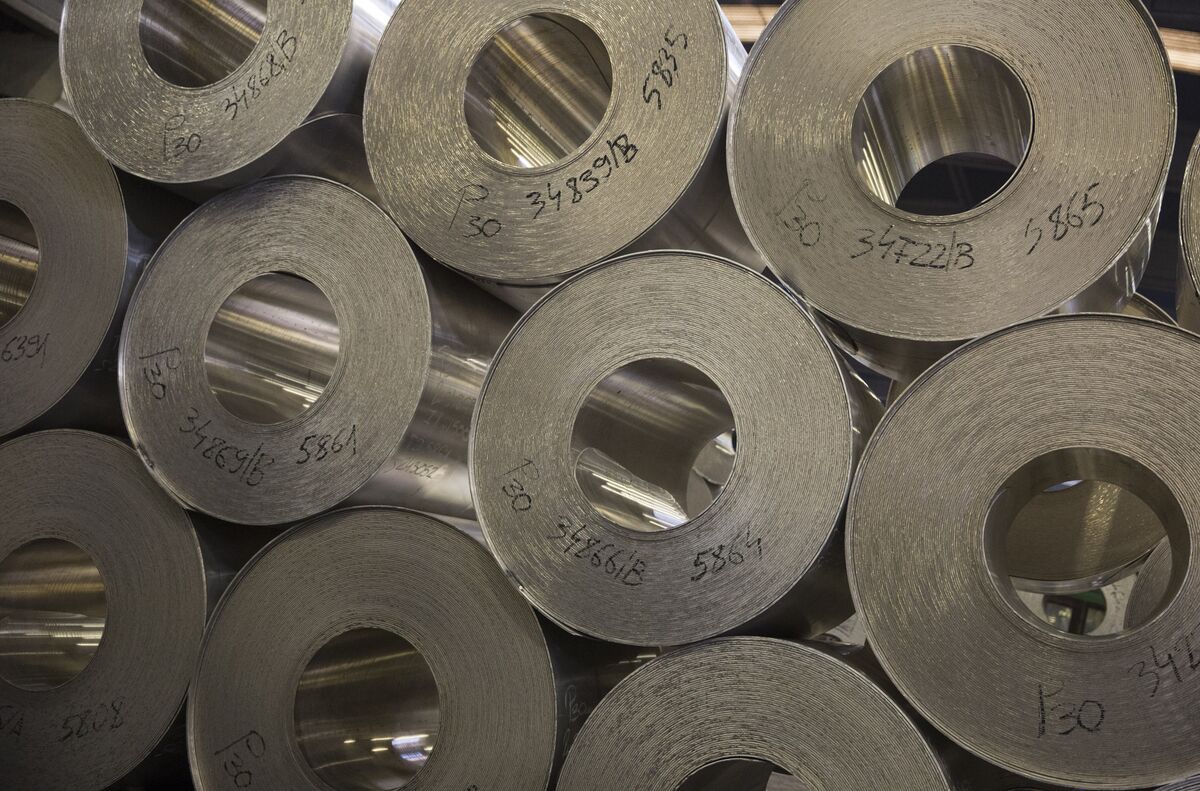Shein's London IPO Delay: The Impact Of US Tariffs

Table of Contents
The Rising Tide of US Tariffs on Fast Fashion
The fashion industry, particularly the fast-fashion segment, is heavily reliant on global supply chains, with China being a major manufacturing hub. The US has implemented a complex web of tariffs on textiles and clothing imported from China, significantly impacting import costs for companies like Shein. These tariffs, designed to protect domestic industries, have resulted in a substantial increase in the price of imported goods.
- Specific Tariff Examples: Tariffs on certain textile categories can range from 15% to 7.5%, depending on the product and its origin. This directly increases Shein's cost of goods sold (COGS).
- Impact on Shein's Product Lines: Shein's vast range of clothing items, from dresses and tops to shoes and accessories, are directly affected by these tariffs. The cumulative impact on their profit margins is substantial.
- Eroding Profit Margins: The increased costs associated with these tariffs directly eat into Shein's already slim profit margins, a characteristic of the ultra-competitive fast-fashion business model.
- Alternative Sourcing Strategies: Shein is likely exploring alternative sourcing strategies, potentially diversifying its supply chain to include factories in other countries like Vietnam, Bangladesh, or Turkey to mitigate the impact of US tariffs. This, however, comes with its own set of logistical and cost challenges.
Shein's Reliance on a China-Based Supply Chain
Shein's business model thrives on its ability to deliver trendy clothing at incredibly low prices. This efficiency hinges heavily on a vast and intricately connected supply chain primarily based in China. This concentration in one geographic location, while initially cost-effective, creates significant vulnerabilities.
- Geographic Concentration: The overwhelming majority of Shein's manufacturing occurs in China, making it highly susceptible to disruptions and policy changes originating from that country or affecting trade with the US.
- Limited Geographic Diversification: While Shein may be exploring other manufacturing locations, its primary reliance on China remains a critical risk factor. Lack of sufficient diversification amplifies the negative impact of US tariffs.
- Vulnerability to US Tariffs: Shein's heavily China-centric supply chain makes it particularly vulnerable to US tariffs. The increased costs associated with these tariffs directly impact its ability to maintain its low-price strategy.
- (Visual Aid: Ideally, include a map here illustrating Shein's supply chain, highlighting its concentration in China.)
- Key Supply Chain Vulnerabilities:
- Heavy reliance on a single manufacturing region.
- Potential for supply chain disruptions due to geopolitical factors.
- Increased vulnerability to fluctuating exchange rates and tariffs.
The Financial Implications of Delayed IPO and Tariff Costs
The delay of Shein's London IPO, coupled with the ongoing impact of US tariffs, presents significant financial challenges. Increased production costs, directly stemming from tariffs, negatively affect Shein's profitability and overall valuation.
- Increased Production Costs: The tariffs directly increase Shein's COGS, reducing its profit margins and potentially impacting its ability to compete on price.
- Impact on Profitability and Valuation: The decreased profitability, coupled with the delay in the IPO, could significantly lower Shein's overall valuation, making it less attractive to investors.
- Shein's Financial Health: While Shein has demonstrated rapid growth, the mounting pressure from tariffs and the IPO delay could test its financial resilience.
- Impact on Investor Confidence: The delay in the IPO could signal uncertainty to investors, potentially leading to decreased confidence and making future funding rounds more challenging.
- Financial Challenges Summarized:
- Reduced profit margins due to increased import costs.
- Lowered valuation due to IPO delay and financial uncertainty.
- Potential challenges in securing future funding.
Alternative Strategies and Future Outlook for Shein
To mitigate the impact of US tariffs and ensure long-term sustainability, Shein needs to implement strategic changes. This might include price increases, a more geographically diverse supply chain, or increased lobbying efforts.
- Price Increases: Shein might need to increase prices to offset the higher import costs, which could impact its competitive edge in the fast-fashion market.
- Supply Chain Diversification: Expanding manufacturing operations beyond China is crucial for reducing dependence on a single region and mitigating tariff risks.
- Lobbying Efforts: Shein could engage in lobbying efforts to influence trade policies and potentially reduce or eliminate some tariffs.
- Long-Term Consequences: The long-term success of Shein will depend on its ability to adapt its business model to navigate the challenges posed by global trade policies.
- Future IPO Attempt: The timing of a future IPO will depend heavily on resolving the issues related to tariffs, improving profitability, and restoring investor confidence.
- Industry-Wide Implications: Shein's experience highlights the broader challenges faced by the fast-fashion industry in navigating global trade complexities.
- Shein's Potential Future Moves:
- Aggressive supply chain diversification.
- Strategic price adjustments to maintain profitability.
- Increased focus on sustainability and ethical sourcing to appeal to conscious consumers.
Conclusion: Navigating the Tariffs – Shein's Path Forward
The delay of Shein's London IPO is inextricably linked to the significant financial pressures imposed by US tariffs. The company's reliance on a China-based supply chain has amplified the impact of these tariffs, jeopardizing profitability and investor confidence. Shein's future success hinges on its ability to diversify its supply chain, strategically adjust pricing, and potentially engage in lobbying efforts to influence trade policies. The fast-fashion industry as a whole faces similar challenges, demanding innovative adaptation to the evolving global trade landscape. What are your predictions for Shein's future in light of these US tariffs? Share your insights in the comments below! [Link to relevant article on Shein's financials] [Link to article on US-China trade relations] [Link to article on the fast-fashion industry]

Featured Posts
-
 Patrick Schwarzenegger Reveals Superman Audition Details
May 06, 2025
Patrick Schwarzenegger Reveals Superman Audition Details
May 06, 2025 -
 Boston Celtics Vs Miami Heat Game Time And Viewing Guide Feb 10
May 06, 2025
Boston Celtics Vs Miami Heat Game Time And Viewing Guide Feb 10
May 06, 2025 -
 Short And Sweet Binge This Top Stephen King Show In Under 5 Hours
May 06, 2025
Short And Sweet Binge This Top Stephen King Show In Under 5 Hours
May 06, 2025 -
 How To Access Gypsy Rose Life After Lockup Season 2 Without Paying
May 06, 2025
How To Access Gypsy Rose Life After Lockup Season 2 Without Paying
May 06, 2025 -
 Updated Fortnite Dance Emotes Sabrina Carpenter Edition
May 06, 2025
Updated Fortnite Dance Emotes Sabrina Carpenter Edition
May 06, 2025
